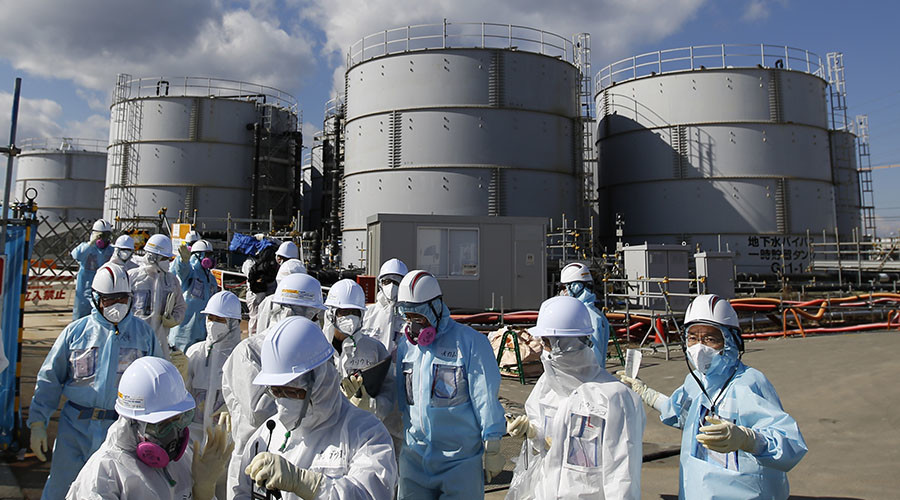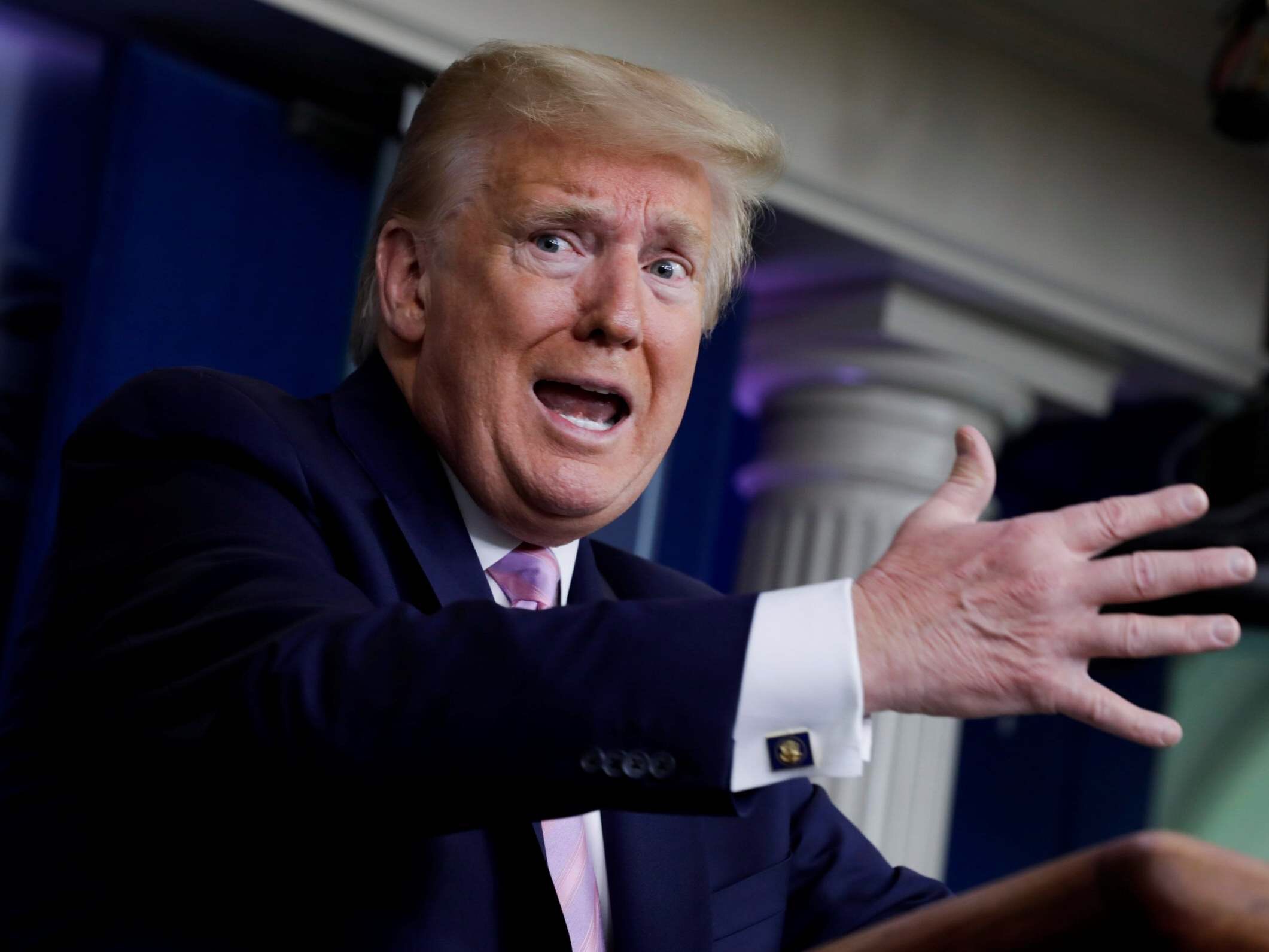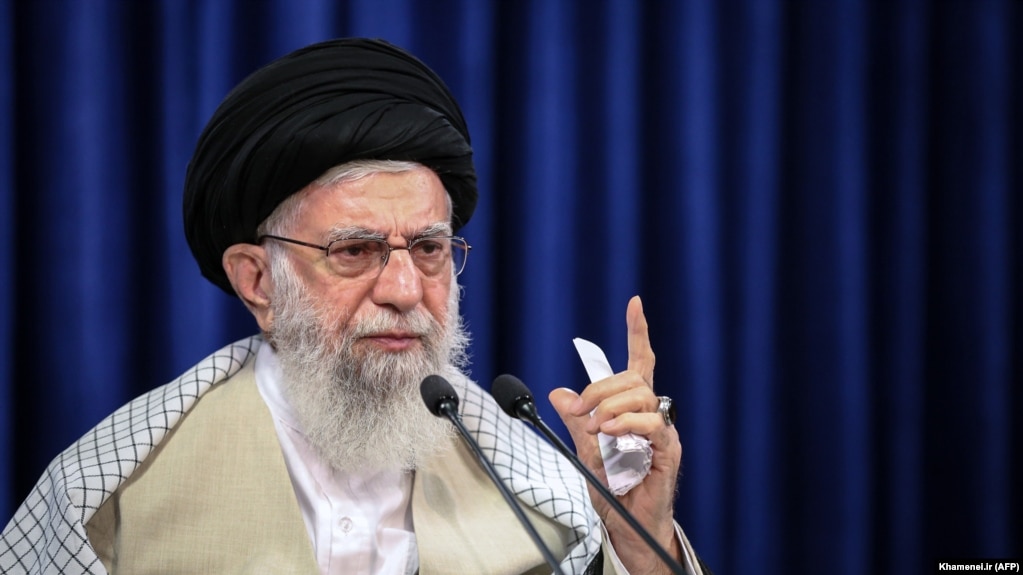
Countdown to Israeli Action on Iran
Israeli Prime Minister Benjamin Netanyahu and Israeli Chief of Staff Gadi Eizenkot (L) give a press conference in Tel Aviv, on December 4, 2018. Photo: Jack Guez/AFP
Recent mysterious explosions at Iran’s nuclear facilities, which some have attributed to Israel, return to prominence a calculation not seriously considered since 2015: Iran’s dwindling “breakout” clock.
The ensuing damage might successfully turn back time on that clock. But if not, Israel might have to consider military action; a decision lent urgency by the looming American election.
The disastrous 2015 Joint Comprehensive Plan of Action (JCPOA) emboldened Iran’s aggression and enabled its eventual nuclear capability. President Donald Trump rightfully withdrew from the agreement and replaced it with a “maximum pressure” sanctions campaign, but Iran responded by attacking US and allied assets, and evidently has been accelerating its nuclear program.
The Trump administration ultimately responded to Iran’s aggression with an airstrike in January that killed Iranian General Qassem Suleimani, commander of the Quds Force and the mastermind behind Tehran’s regional aggression.
However, the United States has had no answer to Iranian nuclear expansion. Having now reportedly produced enough low-enriched uranium for a nuclear weapon, with further enrichment, Iran could reach nuclear weapons capability in 3 to 4 months. This “breakout” window would shrink further if Iran installs advanced centrifuges.
Slowing Iran’s Nuclear Advance
Sanctions haven’t slowed this nuclear advance. Neither will extending Iran’s arms embargo, expiring this October under the JCPOA, which the Trump administration should pursue regardless.
Only credible military threats have convinced Iran to postpone its nuclear ambitions, such as in 2003, after America’s toppled the Taliban and former Iraqi dictator Saddam Hussein, and following Israeli Prime Minister Benjamin Netanyahu’s literal red-line drawing at the United Nations in 2012, which Iran was careful not to cross.
Sabotage has proven effective at slowing Iran’s nuclear clock, too. Israel has reportedly pursued this strategy repeatedly, with the 2009 Stuxnet cyberattack, the 2010-12 killing of Iranian nuclear scientists, and now perhaps the explosions targeting Iran’s centrifuge construction facility. Covert disruption has the significant benefit of deniability and minimizing the risk of major retaliation.
With Iran’s nuclear clock once again ticking loudly, the question is whether sabotage will continue to buy time. Early reports suggest the explosions at Iran’s Natanz Centrifuge Assembly Center set back Iran’s longer-term plans for an industrial nuclear program (to produce multiple nuclear bombs in short order), but it remains unclear if it also delayed Iran’s breakout time.
While the former is important, it is the latter that more likely determines if some time has been bought. If not, then Israel might not only consider further sabotage but another approach that could more significantly delay a nuclear Iran: overt military action.
Historically, Israel has conducted major military action when time leaves it no other alternative, such as its strikes on nuclear reactors in Iraq in 1981 and in Syria in 2007. Israel might be inclined to reserve this option until sabotage has proven no longer materially effective or an Iranian breakout seems imminent.
Looming US Elections
But there is another clock that might push Israel to act overtly sooner: the US political calendar.
American backing could be critical to mitigating the scope and intensity of Iran’s retaliation to an overt Israeli strike and subsequently pressing Iran not to renew its nuclear pursuit. Trump could well do just that; he reportedly instructed former National Security Advisor John Bolton to “tell Bibi [Netanyahu] that if he uses force, I will back him.”
If Trump wins a second term, Israel might feel it has more time – or it might worry that he will pursue a new deal with Iran.

US President Donald Trump salutes at the grave site of former president Andrew Jackson, March 15, 2017. Image: Tennessee National Guard Public Affairs Office
If Joe Biden becomes president, he likely will reengage President Barack Obama’s JCPOA and strongly oppose Israeli action, effectively taking the military option off the table until at least 2025.
Meanwhile, more JCPOA restrictions, including on advanced R&D and ballistic missiles, will lapse by the end of the next president’s term, bringing Iran too close to nuclear capability. Israel might find this risk unacceptable.
Thus, Israel might determine the next four months are its best opportunity to cripple Iran’s nuclear program – a choice Trump might welcome as it would scramble the electoral picture. Alternatively, Israel could wait to see who wins the American election and decide what to do.
Israeli Action
Some American analysts contend that Israel lacks the capability or will to attack Iranian nuclear facilities overtly, or it would have done so already. Yet, we should heed the repeated assertations by senior Israeli military and political leaders of intent to strike militarily when necessary. History suggests that such action – and Israel’s national security, if not very existence – necessitates it.
An overt Israeli strike on Iranian nuclear facilities would continue its growing role of rolling back the Iranian threat and advancing US interests. To support its partner, Washington should accelerate weapons deliveries that Israel needs for a military campaign and to blunt Iranian retaliation.
It is possible that if military action is required, the United States will act first. American presidents since Bill Clinton have pledged, in Obama’s 2009 words, “to use all elements of American power to prevent Iran from developing a nuclear weapon.”
If the United States, with its immense capabilities, does conduct military action, it is likely to inflict greater damage to Iran’s nuclear program and set it back further than Israel could, while reducing Tehran’s will or capability to retaliate.
Yet, absent American action, or regime collapse in Tehran, Israel can be expected to conduct whatever covert or overt action is necessary to prevent a nuclear Iran.
Michael Makovsky is President and CEO of the Jewish Institute for National Security of America (JINSA).
Disclaimer: The views and opinions expressed here are those of the author and do not necessarily reflect the editorial position of The Defense Post.
The Defense Post aims to publish a wide range of high-quality opinion and analysis from a diverse array of people – do you want to send us yours? Click here to submit an op-ed.












